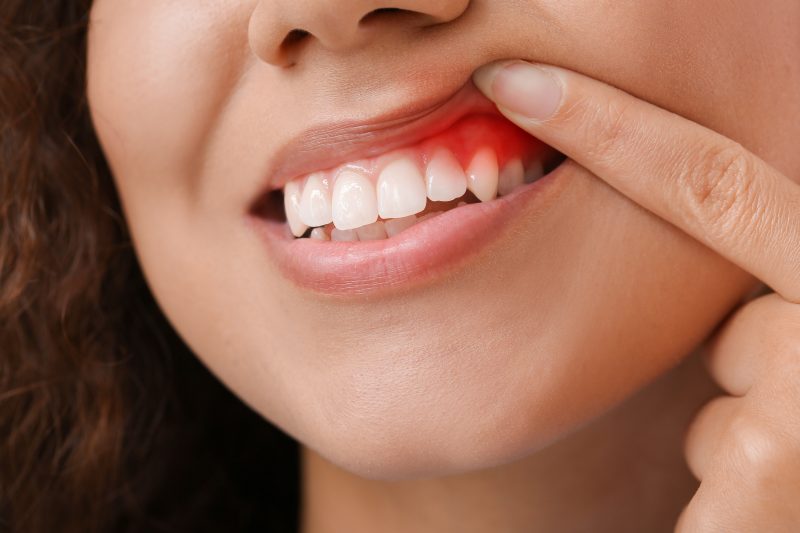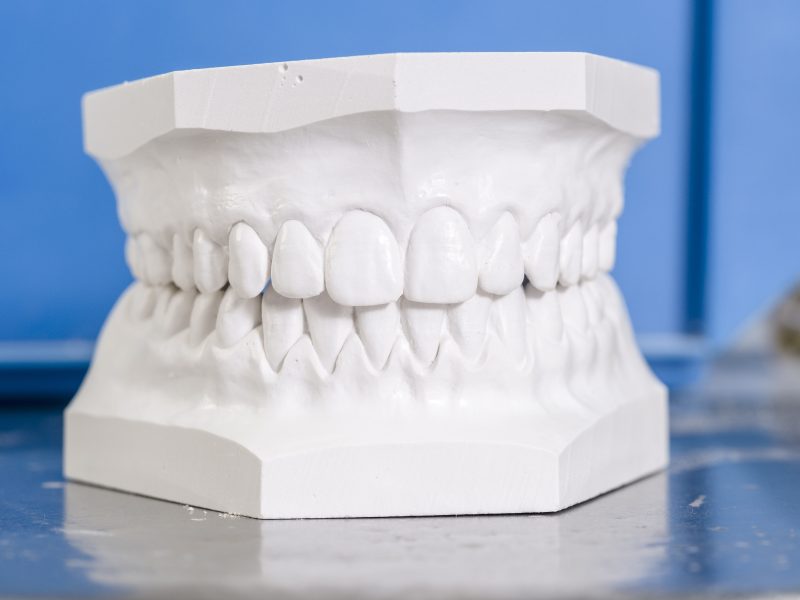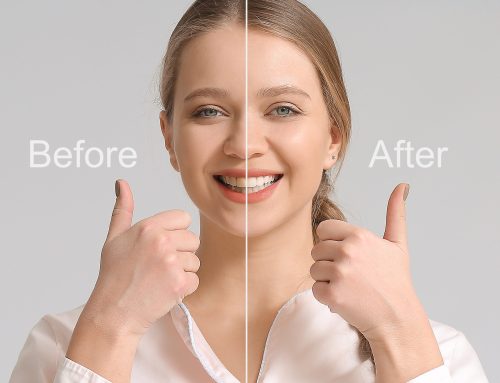Smile Makeover: The Process
What happens once you’ve made the decision to have a smile makeover?
Skilled dentists Dr. Jill Wade and Dr. Jodi Danna of Stonebriar Smile Design have their smile makeover process down to most finite details, garnered through years of experience and continued education. Dr. Danna summarizes the next step by saying, “Once you’ve come up with an idea [for your smile design], you’ve met the doctor that you love, and…you’ve figured out how many teeth that you want to have done…what we do next is called a ‘diagnostic wax-up.’”
If you’ve been keeping up with our series, this won’t be the first time you’ve heard this term. A diagnostic wax-up, to explain it simply, is an impression of your mouth, which, as you’ve probably guessed, uses wax in its application. Once complete, your impressions are “set through a digital scan to our laboratory,” Dr. Danna continues. “They [will then] do what’s called a ‘white wax wax-up,’” which is based on all the information the dentists have gathered regarding your smile makeover. Similar to the diagnostic wax-up, a white wax-up is also an impression of your mouth, only this one is three-dimensional, a tangible mock-up of what your new smile will look like.
These impressions are all created using a device, a digital scanner, that is put into your mouth and translates detailed information used to make your unique wax-up. To accompany the three-dimensional model, Dr. Danna and Dr. Wade will also display your images on a large screen for you to view, so you’ll get a good look at your teeth, both before and after your makeover. Both dentists and health and beauty expert Laura Lewis-Edwards agree that the imagery is a powerful tool in the makeover process “because a lot of times, you don’t understand what other people are seeing,” says Dr. Danna. “So, when you see [your teeth] up on a big screen…and you know you’re about to make some changes, you’re excited about it at that point.”
Your New Smile: Dress Rehearsal
This would be the time where you’d point out all the things you like and don’t like about your proposed new smile, after which the lab will create a set of temporary teeth for what Dr. Jill Wade likes to call “dress rehearsal.” She likens your mouth to the “stage” while your lips are the “curtains that move back a little bit when you’re talking and a whole bunch when you’re smiling,” she says. You’ll wear your temporary teeth, which is an exact replica of your new smile, for a few days—testing out the look, feel, and function—then return to the office, point out any changes you’d like to make, and give the final approval for your smile design.
Laura Lewis-Edwards, who has seen Dr. Danna on more than one occasion, reiterates the profound effect of her toothy images, saying that “seeing [her] teeth before and seeing what they will be…that’s what really stood out.” She noticed her teeth were darker—something that naturally happens as you age—further fueling her excitement for her next procedure. She’s having Dr. Danna makeover her lower teeth to match her upper teeth, also perfected by the well-trained dentist.
Dr. Wade and Dr. Danna study each case thoroughly, and they’ll do the same for you. They’ll consider all the elements involved, including your three-dimensional models, how your new smile and teeth will function, what you do for a living—and how that factors into your smile—and even the color of each tooth. In case you’re wondering, no, your teeth aren’t all one color. Your teeth vary in shades of white, and as Dr. Danna declares, “if you looked in the mirror…right now, your teeth are all different colors, so we mimic all of that.” To ensure your smile looks natural, not only will they mimic, or match, the color and shade of your original teeth—minus any stains or discoloration, of course—they will also address other issues like crowding, straightening, and the shape of your teeth, using your face as a guide, which often informs the best tooth shape for you.
Carefully Consider Your Veneers
Each consideration and choice is made with your input. Admittedly, both Dr. Wade and Dr. Danna find it most difficult when patients give them too much decision-making power. Telling your dentist “I don’t care, just make me look good,” without offering any guidance on your preferences is not as easy as it may seem. This is especially true considering how thorough these dentists are, and let’s face it, with an investment like this, they should be—and so should you.

Because these procedures are so intensive, and there’s “no turning back,” as Laura Lewis-Edwards puts it, Dr. Jill Wade and Dr. Jodi Danna really emphasize the importance of using a skilled professional and carefully considering each decision regarding your smile makeover. When your makeover includes veneers, since the process involves irreversible alterations to your natural teeth, these top-notch dentists aren’t “just thinking about the cosmetics, [they’re] thinking about the function and the longevity,” says Dr. Wade.
While there are various types of veneers or veneer applications, specifically no-prep veneers, the dentists at Stonebriar Smile Design insist that you invest in quality dental work to ensure you get the best possible results for something that serves both as an aesthetic feature and functional item. No-prep veneers, which, as the name implies, doesn’t involve much preparation of your natural teeth—especially in comparison to traditional veneers—is essentially a 2.5 millimeter layer of porcelain on top of your natural teeth. For that reason, neither Dr. Wade nor Dr. Danna recommend them, outside of very special circumstances. Not only would stains and discoloration show beneath the porcelain but adding this layer, though thin, would create unnaturally thick teeth. This would impede the functionality of your teeth, and while they may look beautiful for a time, “it actually hurts the gum tissue and the bone structure around the teeth,” claims Dr. Wade. Consequently, your gums may be perpetually irritated, raw, and bleeding—nobody wants that.

The dentists at Stonebriar Smile Design advise that you opt for highly trained doctors and high-quality products rather than (suspiciously) cheap alternatives, because as Dr. Danna warns, “if you’re getting discounted veneers, they’re discounted for a reason.”
Click here to watch this episode of the Beyond Face Value Show on YouTube with co-host Laura Lewis-Edwards.
Visit us on YouTube to hear more about Stonebriar Smile Design and wellness dentistry, and be sure to comment, like, and subscribe.






